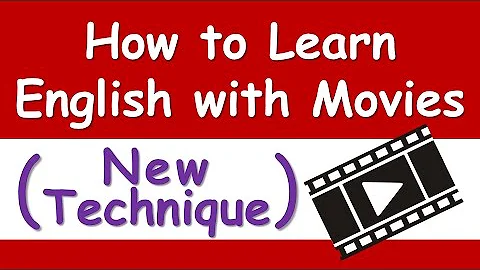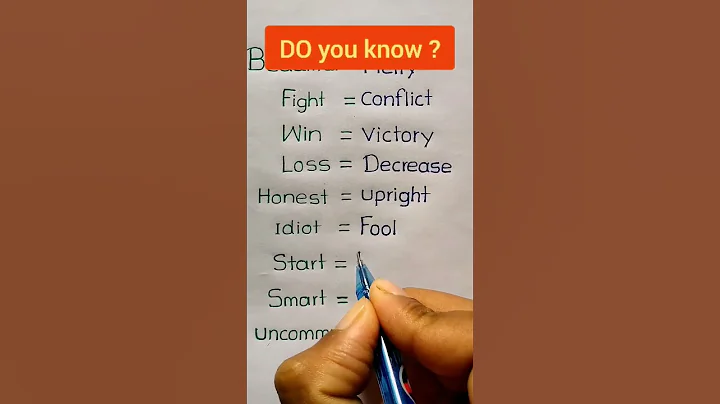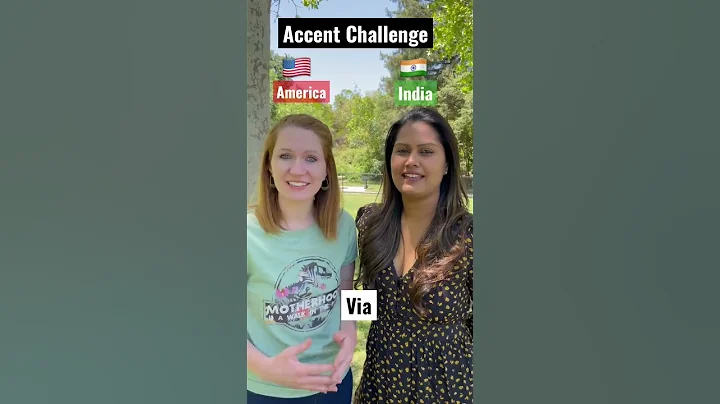October 2022 Self-study 00024 Ordinary Logic Subjective Questions and Answers (Memories Version)
1. Please use a pen to paint and write the answers to all test questions on the answer sheet according to regulations.
2. Before answering the questions, candidates must fill in their name and admission ticket number with black signature pen or fountain pen on the specified position on the answer sheet.
Non-multiple-choice questions part
Notes:
Use a black signature pen or fountain pen to write the answer on the answer sheet, and cannot answer it on the test paper.
4. Chart question: This question has 2 questions in total, 4 points in the question 36, 6 points in the question 37, 10 points in the total.
36. Use Euler diagram to represent the relationship between the following concepts: people (A), workers (B), Chinese workers (C).
【Answer】

5. Analysis questions: This question has 5 questions in total, each question has 5 points, totaling 25 points.
38. Please write out the symbols missing in ① and ② in the following formulas to make them an effective syllogistic formula.

39. With the premise that "Zhang Shan is either from Nanjing or Yangzhou people",
(1) plus another premise that "Zhang Shan is not from Yangzhou", can we inevitably draw a conclusion, why?
(2) plus another premise "Zhang Shan is from Nanjing", can we inevitably draw a conclusion and why?
[Answer]
(1) can inevitably draw conclusions, because it is incompatible with the reasoning of selecting words and denied the part of the selected words and the other selected words and branches can be affirmed.
(2) can inevitably draw conclusions, because it is incompatible with the reasoning of selecting words and reasoning that certain parts of the selected words can be affirmed, and other selected words and branches can be denied.
40. Based on the premise that "if the earthquake is accurately predicted, the losses caused by the earthquake can be reduced",
(1) plus another premise that "reduces the losses caused by the earthquake", can we inevitably draw a conclusion and why?
(2) plus another premise "accurately predicts earthquakes", can we inevitably draw conclusions and why?
[Answer]
(1) cannot necessarily draw conclusions, because sufficient conditions for hypocrisy to reason to affirm the latter part cannot necessarily affirm the previous part.
(2) can inevitably draw conclusions, because sufficient conditions for hypocrisy to affirm the previous and the latter must affirm the next.
41. Try to point out what kind of logical method to explore causal connections is used in the following cases, and write down its logical structure. In order to clarify the mystery of migratory bird migration, Professor Luo Wen of Canada caught several migratory birds in autumn. After winter, he placed several of them in a natural environment where the daylight is shorter than one day, and placed the other several in an artificial environment similar to the daytime prolonging day by day under the fluorescent light. In December, all the migratory birds in both environments were released. It was found that the migratory birds illuminated by the fluorescent light flew north like migratory birds in spring, while the migratory birds that were not illuminated by the fluorescent light remained in place. Based on this, Professor Luo Wen believes that the reason for migratory birds is not the rise and fall of temperature, but the length of day and night.
[Answer]
finds the same and differences and uses it. The logical structure of
to find the same and differences and use it is as follows:

42. Try to point out the following topics, arguments, and methods of refutation.
Some people say that form logic also has nationality, and this view is wrong. If the formal logic is national, then the theoretical debate cannot be carried out between different ethnic groups. However, this is not the case. The formal logic treats any ethnic group equally.
[Answer]
refuted topic: Formal logic has nationality.
The argument refuted by refutation: except for the topic, other propositions are all arguments.
Refutation method: deductive refutation.
refutation method: direct refutation ( arithmetic method ).
[Examination Point] Refutation and Method
6. Proof Question: This question is 8 points.
43. The structure of the fourth syllogism is:

Try to use the basic rules of syllogism to prove:
If the main premise of a fourth syllogism is to affirm the proposition, then its minor premise must be the full name proposition.
[Answer]
Proof: Assume that the main premise is a positive proposition, but the small premise is not the full proposition.
If the main premise is a positive proposition, and the small premise is not the full proposition, it can be seen that the predicate term in the large premise must not be extended , and the main term of the small premise is not extended. From the form of the fourth square, we can see that the predicate of the major premise and the main term of the minor premise are both middle terms.
According to Rule 2, the middle term extends at least once in the two premises. It can be seen that if the big premise is a positive proposition and the small premise is not a full proposition, the middle term will be made the mistake of not prolonging.
Therefore, assumption is not valid, that is, if the main premise is a positive proposition, the small premise must be the full proposition.
7. Comprehensive question: This question has 2 questions in total, each question has 6 points, and a total of 2 points.
44. There are four propositions below, two of which are true propositions, while the other two propositions are false propositions:
(1) or A is admitted to university, or B is admitted to university;
(2) is not A is admitted to university;
(3) B is admitted to university;
(4) is not A is not not admitted to university.
: Do you want to get into college? Please write out the derivation process.
[Answer]
Because (2) and (4) are contradictory propositions, it can be inferred that the two must be true and false; according to the meaning of the question, (1) and (3) are also true and false.
If (3) is true, then (1) is true, which does not fit the question, so (3) must be false and (1) must be true. Because (3) false, "B did not get into university", and according to (1), "A got into university", but B got into university.
or above is the entire content of "October 2022 Self-study 00024 Ordinary Logic Subjective Questions and Answers (Memories Version)". For more updates to the real questions and answers for October 2022, please contact Lesheng Education Teacher Xiaole












